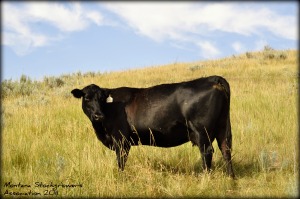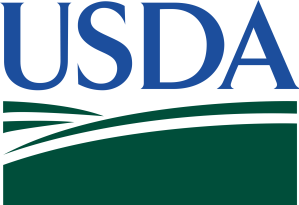Northern Plains Drought Worsens, USDA Responds with Expanded Emergency Federal Program Measures on Conservation Reserve Program Acres
As conditions deteriorate and drought expands across much of the Northern Plains, the U.S. Department of Agriculture (USDA) is offering assistance to farmers and ranchers through numerous federal farm program provisions and continues to monitor the situation to ensure all viable program flexibilities are offered to producers. Today, USDA Farm Service Agency’s (FSA) acting State Executive Director in South Dakota, acting SED Jamie White, announced that Agriculture Secretary Sonny Perdue has authorized emergency haying on Conservation Reserve Program (CRP) lands beginning July 16 through Aug. 30, 2017 for counties in Montana, North Dakota, and South Dakota designated as D2 or greater on the U.S. Drought Monitor. Similar to the authorization for Emergency Grazing announced last month, this authorization includes any county with any part of its border located within 150 miles of a county eligible for emergency haying of CRP based on the U.S. drought monitor.
Increased demand for hay has further depleted already low levels of hay stock. As of May 1, 2017, Montana and North Dakota reported the lowest hay stock since 2013 and since 2014 in South Dakota.
“We are offering any and all USDA program options that will provide farmers and ranchers relief from the devastating impacts of prolonged drought,” said acting SED White.
Landowners interested in emergency haying of CRP acres should contact their local FSA office and meet with their local Natural Resources Conservation Service (NRCS) staff to obtain a modified conservation plan to include emergency haying. Not all CRP practices qualify for emergency haying. July 15 marks the end of the Primary Nesting Season in Montana. Due to the severe drought conditions, authorization for emergency haying may begin July 16 in North Dakota and South Dakota. Individual conservation plans will take into consideration wildlife needs.
Eligible CRP participants can hay their acreage for their own use or may grant another producer use of CRP land for haying purposes. There will be no CRP annual rental payment reductions assessed for acres hayed under this emergency authority.
According to acting SED White, this emergency CRP haying authorization is an added resource to an extensive portfolio of drought assistance programs and emergency provisions offered by USDA agencies and currently available to eligible producers having a qualifying drought loss or related need.
Emergency CRP Grazing – In June, Secretary Perdue authorized emergency grazing of CRP acres during the primary nesting season in Montana, North Dakota and South Dakota in counties indicated as D2 or greater on the U.S. Drought Monitor. This authorization was further expanded to include any county with any part of its border located within 150 miles of a county designated as level “D2 Drought – Severe” or higher according to the U.S. Drought Monitor. Grazing is authorized through Sept. 30, 2017 unless conditions improve. In South Dakota, 977,553 acres are currently enrolled under CRP.
FSA Farm Loan Livestock Physical Control Requirement Flexibility – USDA will authorize up to a 12 month exemption to the FSA farm loan requirement that borrowers maintain physical control of livestock during the term of the loan. This exemption will allow livestock producers the option of sending livestock to feedlots, drylots or otherwise relocate livestock to locations where feed, forage and water needs can be met. FSA has 4870 direct loans totaling 408 million dollars in South Dakota.
Emergency Loan Program – Available to producers with agriculture operations located in a county under a primary or contiguous Secretarial Disaster designation. These low interest loans help producers recover from production and physical losses.
These and a number of other disaster assistance programs are available to farmers and ranchers. For more information on disaster assistance programs and loans visit www.fsa.usda.gov/disasteror contact your local FSA Office. To find your local FSA county office, visit http://offices.usda.gov.










